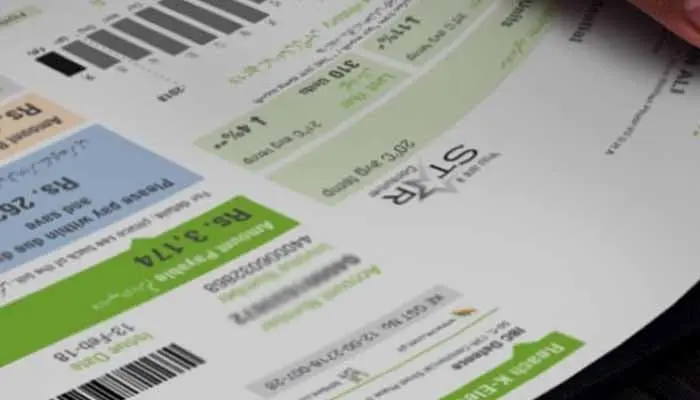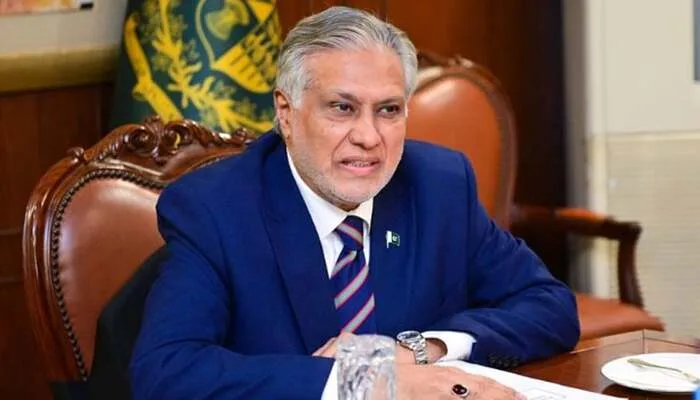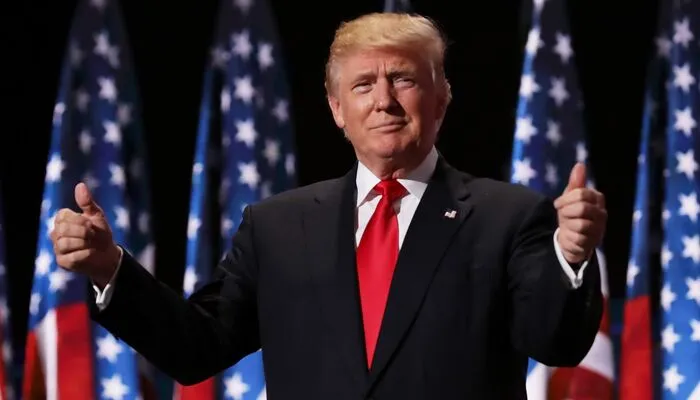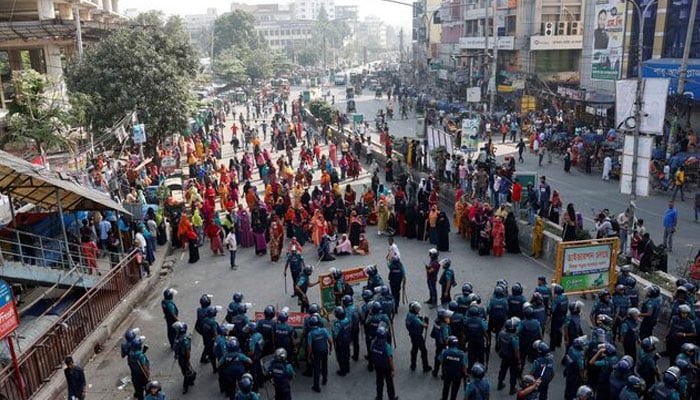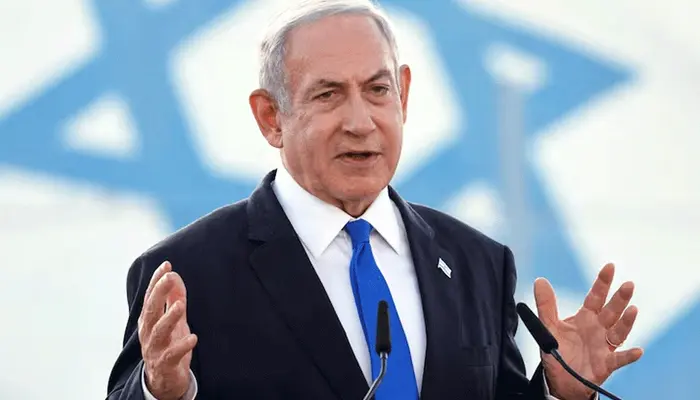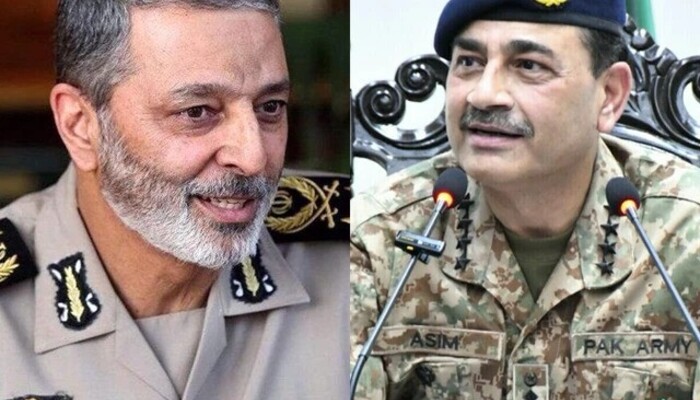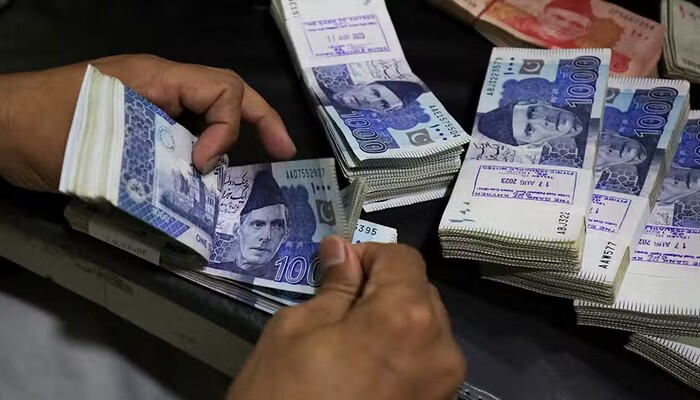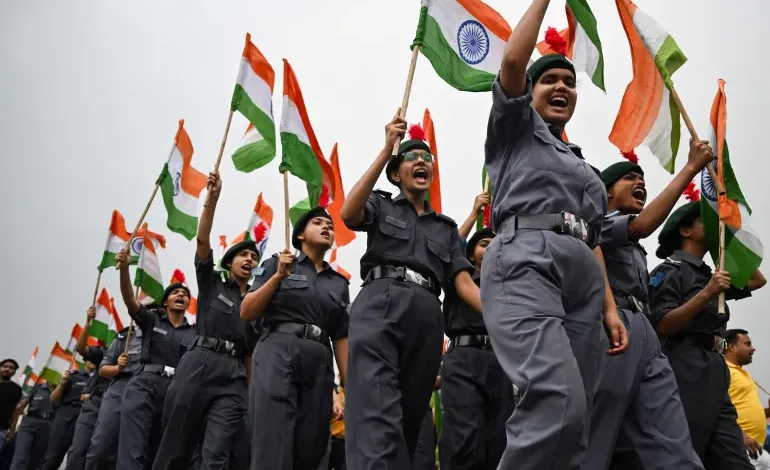
India has expelled a Pakistani diplomat as ceasefire tensions continue to rise following last week’s brief but dangerous military standoff. The unnamed official was ordered to leave within 24 hours, accused of engaging in activities “not in keeping with his official status,” India’s Ministry of External Affairs announced on Tuesday.
Ceasefire Holds, But Tensions Simmer
The expulsion comes just days after India and Pakistan agreed to halt cross-border hostilities, which had pushed both nuclear-armed nations to the brink of war. The ceasefire stopped a wave of missile and drone strikes, but intermittent skirmishes continue along the Line of Control (LoC) in the disputed Kashmir region.
Pakistan, in a new statement, reaffirmed its commitment to the truce. However, it also issued a warning—any future Indian aggression will be met with a “forceful and proportional response.”
Modi’s Warning Sparks Controversy
Indian Prime Minister Narendra Modi escalated the rhetoric during his first address since the ceasefire. He stated that India had merely “paused” its military campaign and would not hesitate to strike again if provoked. Modi emphasized that India would target what he called “terrorist hideouts” across the border.
These remarks were condemned by Pakistan’s Ministry of Foreign Affairs, which labeled the speech “provocative and inflammatory.” Pakistan accused India of threatening regional peace at a time when global powers are working to defuse hostilities.
Read: Trump Seeks $1 Trillion Deals in Middle East Amid Jet Controversy
Root of the Conflict
The flare-up began after a deadly shooting in Pahalgam, India-administered Kashmir, on April 22. The attack claimed the lives of 25 Indian tourists and a Nepalese national. India blamed Pakistan-linked groups for the assault, though Islamabad strongly rejected the allegations.
Diplomatic Fallout Continues
The expulsion of the diplomat signals worsening diplomatic ties despite the ceasefire. Pakistan maintains that peace can only be preserved through mutual respect and restraint, while India appears to adopt a hardened stance. As global leaders watch closely, the future of South Asian stability remains uncertain.
Follow us on Google News, Instagram, YouTube, Facebook,Whats App, and TikTok for latest updates




